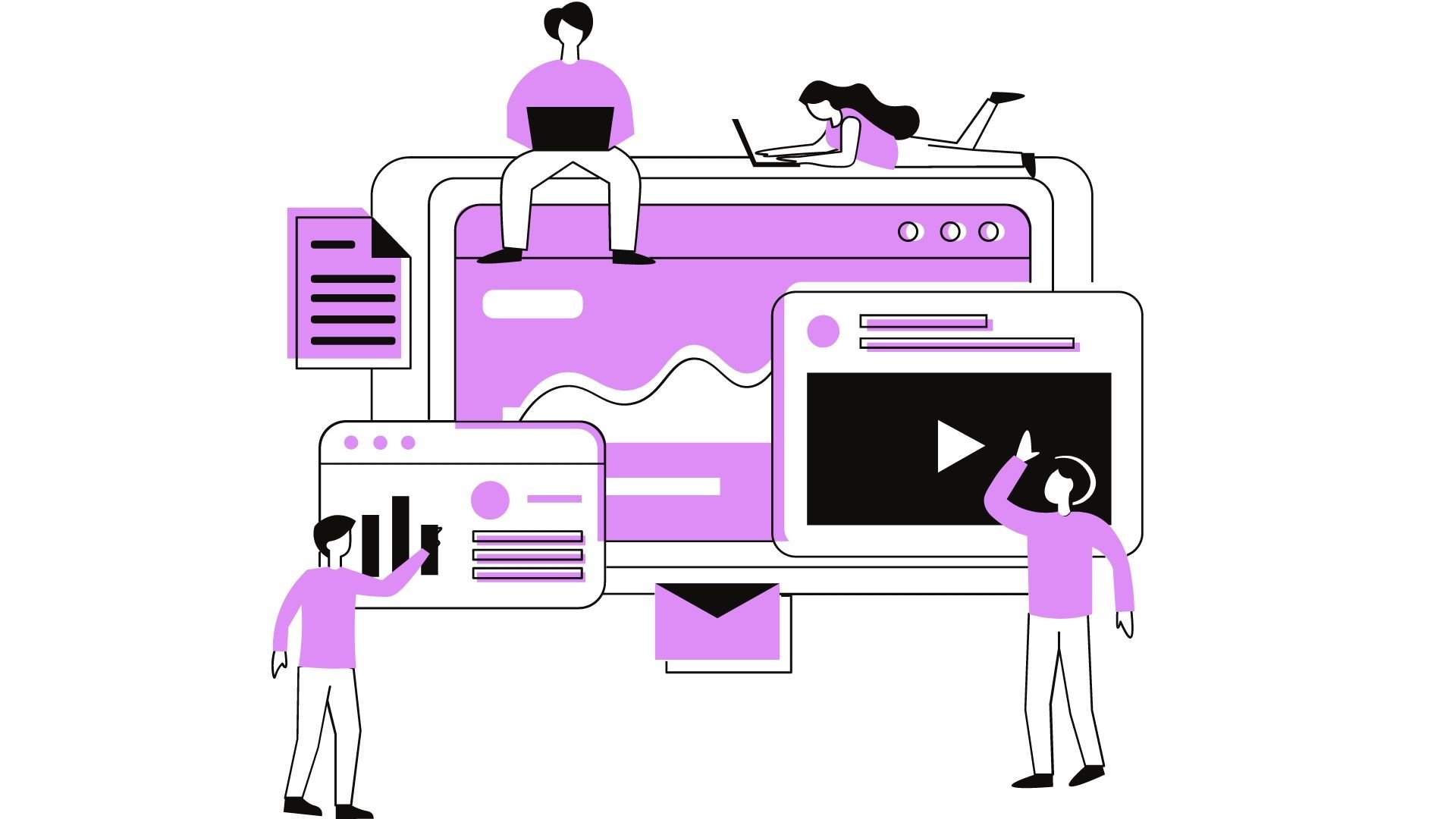Artificial Intelligence is depicted in the popular media as a bad thing. It is the thing that ‘takes over’; it is the thing that becomes sentient and ruins humanity; it is the thing that renders humans obsolete.
But that’s just hyperbole.
Then what is AI exactly?
AI is meant for following the orders, not making them. It excels at the application of rules, deducing patterns, and conducting detailed searches, but what it cannot do is improvise, strategize, or empathise. While AI might not ‘kill’ your job, it would change it significantly. It would reshape the qualities needed to perform a job well.
AI, we believe, is getting harder and harder to define as the pop-culture informed general population continues to believe it is a thing to be scared from. What people fear the most is that it’ll take over the jobs, it’ll replace the need of the human mind. But that's far from the truth; as we understand Digital Transformation further and the need of this fourth wave of industrial revolution, it is more than clear that AI is not a bad thing.
In a recent study, Gartner published that AI will eliminate 1.8 million jobs and create 2.3 million jobs in the near future. In the same study, it deduced that within a span of four years, almost a quarter of the skills requirement for each role have changed.
As a leader, the first thing you need to do is understand its capabilities, limitations, and how it would affect you. AI is faster, there’s no denying that. It is also less expensive and leaves minimal scope for mistakes. Most importantly, it can automate a number of tasks. For instance, in the year 2000, Goldman Sach’s had 600 traders at cash equities trading desk. Today, they have two.
It is the skills that are required to manoeuvre the AI that would take precedence—not the roles. It will force all of us to shift to a skill-focussed model. AI would create, change, and eliminate jobs in huge numbers in the years to come. Simply creating a strategy based on roles or job would not suffice.
What would be the most prominent applications of AI in the workplace?
- It would help in creating a digital workplace. The physical work environment has slowly been moving towards a digital one. Some of the processes that were done completely manually are now done digitally. The digital and physical, however, have to work in tandem, they both work toward the same goal—to facilitate work.
Unsurprisingly, this application would be most prominent amongst the people and teams of your organization. Where are your people, what are their existing skills, how are they doing their jobs: these are some of the key areas that would need to be assessed in order to ensure a successful transition. - AI would also significantly impact the UI. Albeit the reputation of AI has mandated that its application is only in cutting-edge future technology, it isn’t so. It is already being used for solving a far more mundane set of challenges. AI has, and would continue to have, a great impact on UI as well.
The best example of it could be the keyboard text prediction; based on our usage of words, the word(s) most likely picked next appear, and they are correct more often than not. - Collaboration platforms are starting to look more and more different as well. In recent times, we’ve seen larger investment in collaborative platforms as a result of the ongoing pandemic. This isn’t merely limited to collaboration within the team, which happens to be a huge aspect, there has been investment in online educational, meeting, hiring platforms, etc. And this will continue in the years to come.
The collaborative platforms have evolved a long way from just being text messaging apps, and they have a long way to go as well.
These are just a handful of areas where you might visibly experience the applications of AI. This isn’t to say that you won’t experience them anywhere else.

How can you build an AI-powered workplace?
- Give data a purpose: Ask yourself, what AI-enabled processes do you need? Which decisions do you want AI to take? Which AI-enabled applications do you need to build? These are the questions you need answered to give your existing data a purpose.
With Digital Transformation, gaining and storing data has never been easier, but you need to know which data you need to be using for that. To give your data a purpose, discover the patterns and explore that in order to create a model that works for you. - Think big but realistically: The Lean Startup methodology, created by Eric Ries, states that you ‘think big, start small, scale fast’. While this is a methodology that’s primarily to assess the viability of any business model, we don’t see a reason why this, or a version of this, cannot be used to implement AI in your existing work models. Determine what AI tools and techniques are working for you and scale from there.
- Keep your outcomes realistic and tangible: If you’re an organization who can keep your AI ‘experiments’ cocooned, you should take advantage of that completely. But if you’re not, you need to assess your learnings in real, hard situations. Delineate the measurable benefits, establish how AI would help in cutting a division’s budget or help in achieving the organization’s goal.
The purpose of an AI-powered workplace is to ensure happiness, inclusiveness, diversity, and productivity. Making your organization AI enabled is an uphill battle, that’s a certainty; but it won't be much long before you’d start to see the impact.


